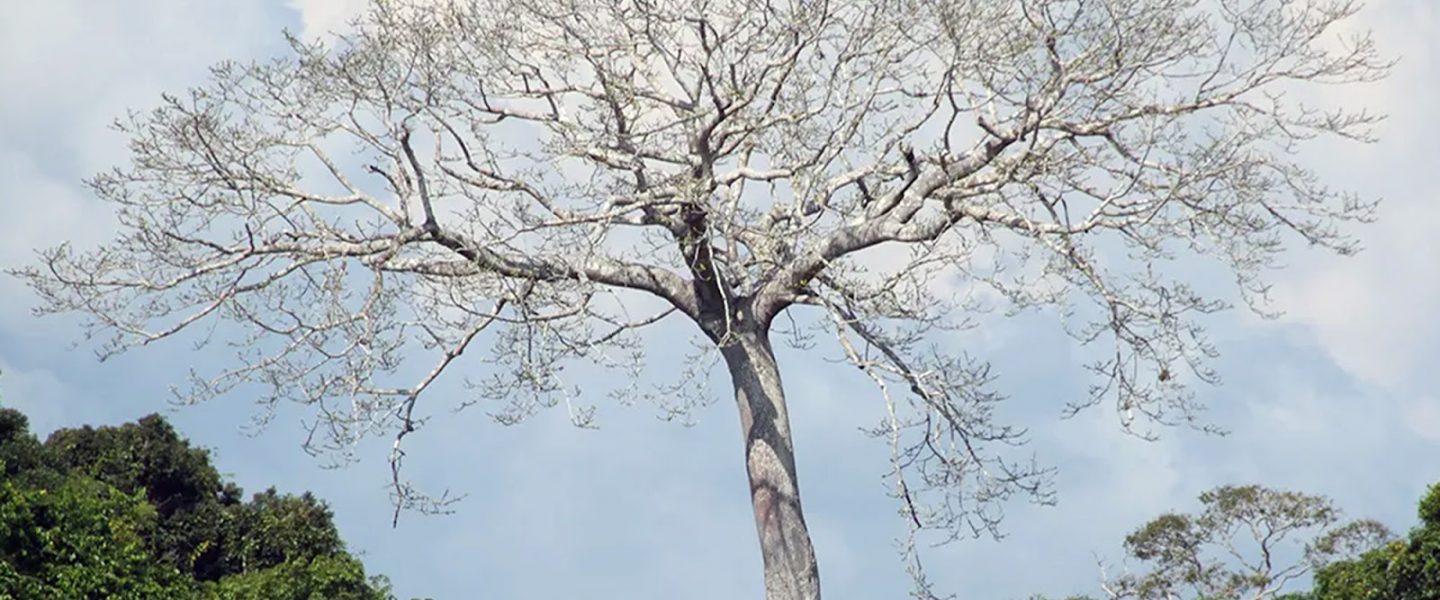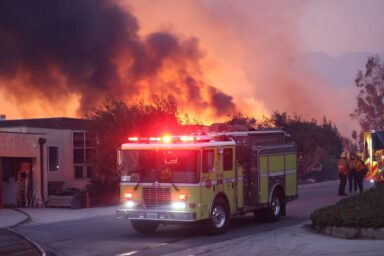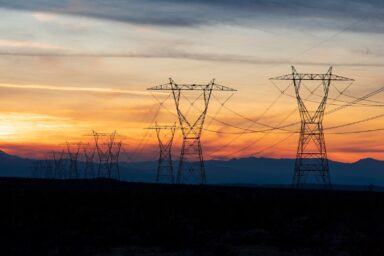Plants’ ability to stock carbon ceased during the 2015–2016 El Niño, as temperatures skyrocketed and trees died.
|
Listen To This Story
|
South American rainforests are one of the world’s largest carbon sinks, taking billions of metric tons of carbon dioxide (CO2) out of the atmosphere every year. But this ability has waned as global temperatures have risen. A recent study published in Nature Climate Change showed that during the 2015–2016 El Niño, when some parts of South America experienced record-breaking warming and likely the most severe drought in decades, the difference between the carbon these rainforests absorbed and emitted was practically zero.
During an El Niño event, easterly winds weaken, and the sea surface temperatures in the tropical eastern Pacific Ocean rise. This phenomenon increases global temperatures for months, with South American weather particularly disrupted due to the continent’s proximity to the Pacific. So the event is an opportunity for scientists to assess both the long- and short-term impacts of heat and drought in the forests.
In the new study, more than 100 researchers from multiple institutions tracked thousands of trees in 123 forest plots across South America for more than 30 years. The plots, part of the Amazon Forest Inventory Network and the Brazilian Program for Biodiversity Research Information System, included intact patches of vegetation in the Amazon, the Atlantic Forest, and the Cerrado, a tropical savanna in the Brazilian highlands.
The researchers estimated the amount of biomass and carbon the trees stocked by measuring their trunk diameters over the years. As they grow, trees take carbon from the air through photosynthesis, transforming it into biomass that makes up their trunk, roots, and leaves. But trees also emit carbon through respiration while they’re alive, and through deterioration after they die.
“There is a high risk that the forests that have been our allies in fighting climate change will turn into significant carbon sources, which will have an enormous global climate impact.”
The data showed that during the El Niño event, high temperatures and drought led to increased tree mortality and slower growth. This caused the amount of carbon emitted to cancel out the quantity of carbon absorbed. Before the 2015–2016 El Niño, each hectare of forest studied stored around a third of a metric ton of carbon per year. During the event, this balance was close to zero.
Previous studies have shown that carbon sinks in South American rainforests, especially in the Amazon, have been declining since the early 1990s. Recent research even pointed out that some parts of the Amazon already emit more carbon than they absorb. Some scientists have predicted that if global CO2 emissions continue at the current rate, this ability to stock carbon may cease completely before 2040.
“There is a high risk that the forests that have been our allies in fighting climate change will turn into significant carbon sources, which will have an enormous global climate impact,” said co-author Thaiane Rodrigues de Sousa, an ecologist at the Instituto Nacional de Pesquisas da Amazônia in Brazil.
Larger Trees Die Thirsty
The new study also helped explain how different rainforests respond to warmer temperatures. Some scientists hypothesized that hotter and drier forests could adapt more readily to future drought and extreme heat, because they have evolved in these climates for centuries. In fact, similar studies have shown that African rainforests remained effective carbon sinks during El Niño events.
But the new research indicated that the opposite has been happening in South America. Trees grew less and died more often in drier forests, such as transition areas in the Atlantic Forest and Cerrado, and in some regions in the southern Brazilian Amazon and northern Colombia. In addition, the mortality risk was higher for larger trees with lower wood density.
Sousa explained that big trees are more vulnerable to climate extremes because they need to use more energy to pull water from the soil up to their leaves. When temperatures are high, large trees also “sweat” more than others through evapotranspiration. And too much transpiration without sufficient water uptake can leave plants dehydrated.
“It is like they die of thirst,” Sousa said.
Protecting the Remaining Forests
The new study also helped explain how different rainforests respond to warmer temperatures. Some scientists hypothesized that hotter and drier forests could adapt more readily to future drought and extreme heat, because they have evolved in these climates for centuries. In fact, similar studies have shown that African rainforests remained effective carbon sinks during El Niño events.
“There is less rain in deforested regions, so the forests get warmer, drier, more stressed, and vulnerable to mortality.”
For climate scientist Luciana Gatti of the Instituto Nacional de Pesquisas Espaciais, who was not involved in the study, the results serve as a reminder of the importance of protecting the remaining intact forests. Gatti has been flying planes over the Amazon to measure carbon levels in the air for more than a decade. Her studies have shown that intact forests absorb more carbon than those in regions devastated by wildfires and close to deforested zones. She said she thinks the difference is due to the higher stress levels of the trees.
“There is less rain in deforested regions, so the forests get warmer, drier, more stressed, and vulnerable to mortality,” Gatti explained.
Sousa agreed and called for more investment in research and public policies to preserve the forests. As a next step, her research group will evaluate how the presence of underwater reservoirs can affect a forest’s response to drought. This kind of research can help identify those forests that are more resistant to climate change and potentially even more vital to safeguard. “More than ever, we need to focus on keeping these forests protected.”
This story by Sofia Moutinho was originally published by Eos Magazine and is part of Covering Climate Now, a global journalism collaboration strengthening coverage of the climate story.





